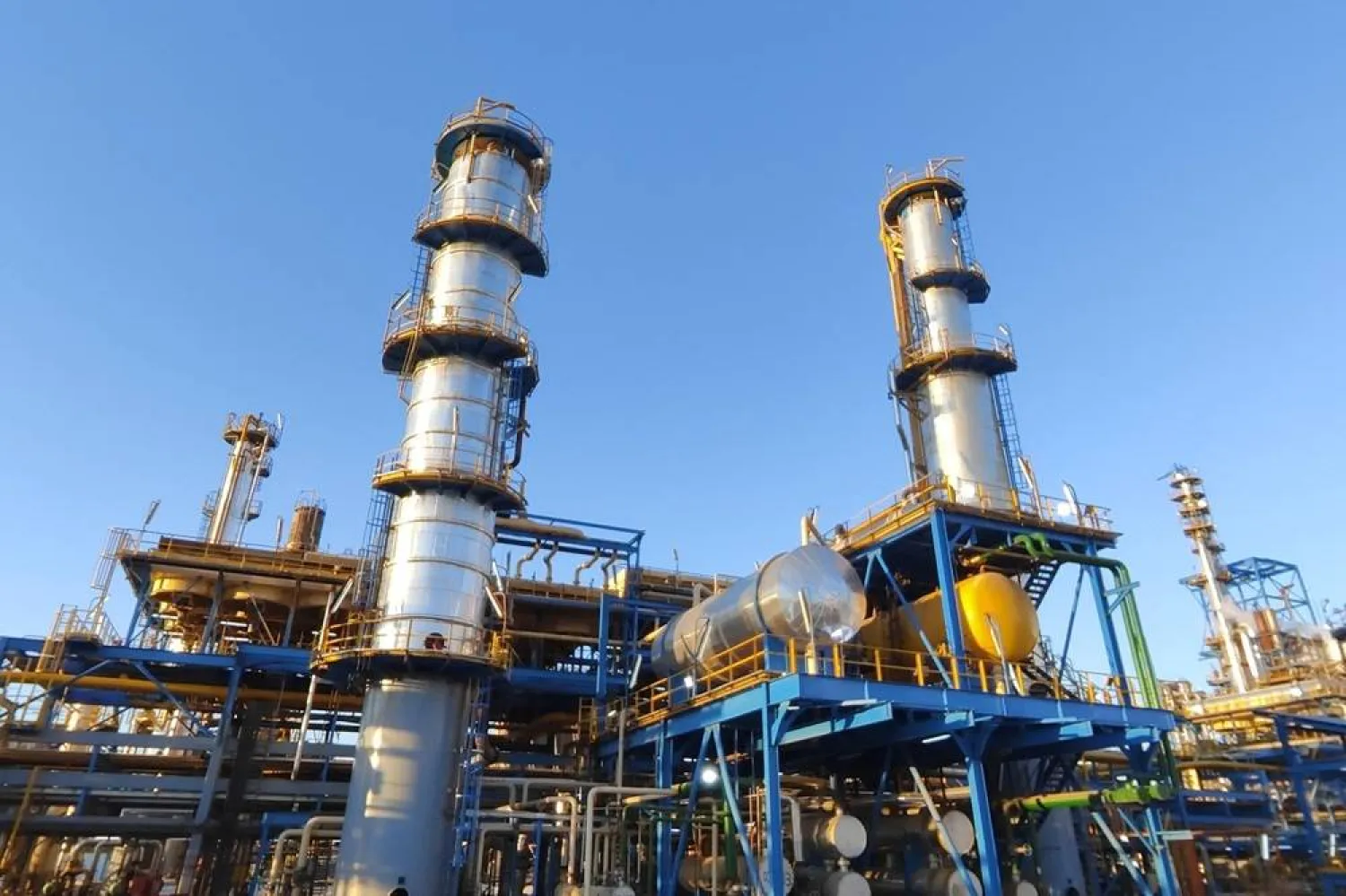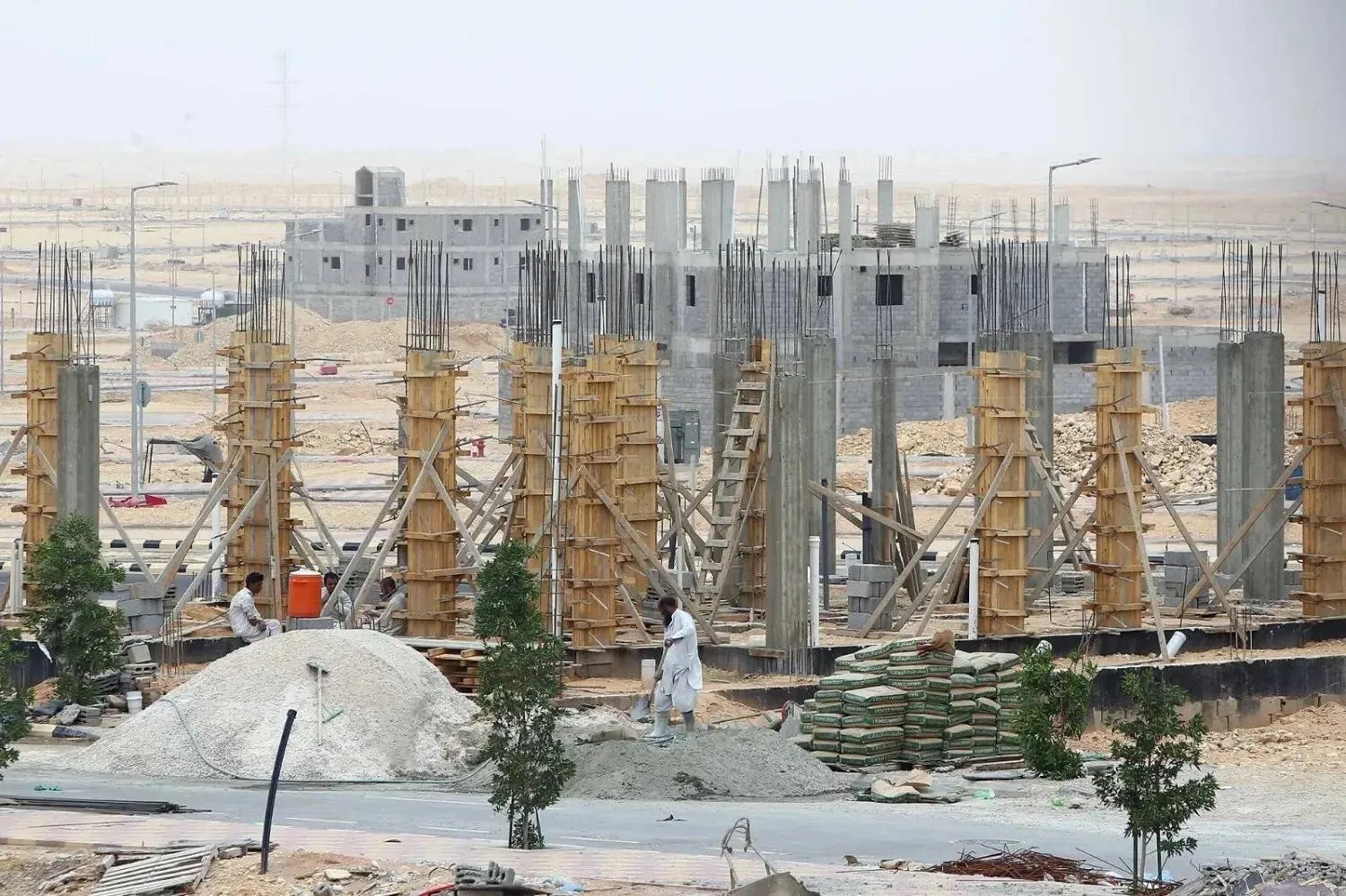OPEC oil output has risen this month by 50,000 barrels per day (bpd), a Reuters survey found, as Iraqi exports increased and production edged higher in Libya, one of the producers exempt from a supply-cutting deal.
OPEC’s adherence to its pledged supply curbs slipped to 86 percent from August’s 89 percent, the survey found. Top exporter Saudi Arabia continued to shoulder a larger portion of OPEC’s total cut by pumping below its target.
The gain in Iraqi supplies shows that political tension over the Kurdish region’s independence referendum has not affected its exports. Concern that these could be at risk has helped support oil, which this week reached almost $60 a barrel, the highest in more than two years.
“No rapid solution to the crisis can be expected, which should continue to lend support to the oil price,” said Carsten Fritsch, an analyst at Commerzbank in Frankfurt.
As part of a deal with Russia and other non-members, the Organization of the Petroleum Exporting Countries is reducing output by about 1.2 million bpd from Jan. 1, 2017 until March next year.
The survey also found no sizeable further gain in output in Nigeria or Libya, which are exempt from the cut. Extra Libyan and Nigerian production had helped lift output to a 2017 high in July, adding to OPEC’s task in trying to curb excess supply.
Libya pumped an extra 50,000 bpd this month as the Sharara oilfield reopened after a pipeline blockade. But output remains volatile and, on average in September, below levels of more than 1 million bpd seen earlier this year.
Nigerian output slipped by 30,000 bpd. Royal Dutch Shell’s Nigerian venture declared force majeure on exports of Bonny Light crude due to the shutdown of an export pipeline.
Iraqi production has risen by 40,000 bpd owing to higher exports from the autonomous Kurdish region, tanker data showed. Exports from the country’s southern terminals were largely flat, according to tanker data and industry sources.
Top exporter Saudi Arabia added 20,000 bpd to supply, with exports rising and crude use at domestic power plants declining seasonally, according to sources in the survey to Reuters.
Iran, allowed a small increase in the OPEC deal, also boosted supply by 20,000 bpd.
Among countries with lower output, Angola exported fewer cargoes than in August, as did Venezuela, the survey found.
OPEC last year announced a production target of 32.50 million bpd, based on low figures for Libya and Nigeria. The target includes Indonesia, which has since left OPEC, and does not include Equatorial Guinea, the latest country to join.
According to the survey, output in September has averaged 32.72 million bpd, about 970,000 bpd above the target adjusted to remove Indonesia and not including Equatorial Guinea.
With Equatorial Guinea added, production in September totaled 32.86 million bpd, up 50,000 bpd from August.
The Reuters survey is based on shipping data provided by external sources, Thomson Reuters flows data, and information provided by sources at oil companies, OPEC and consulting firms.









